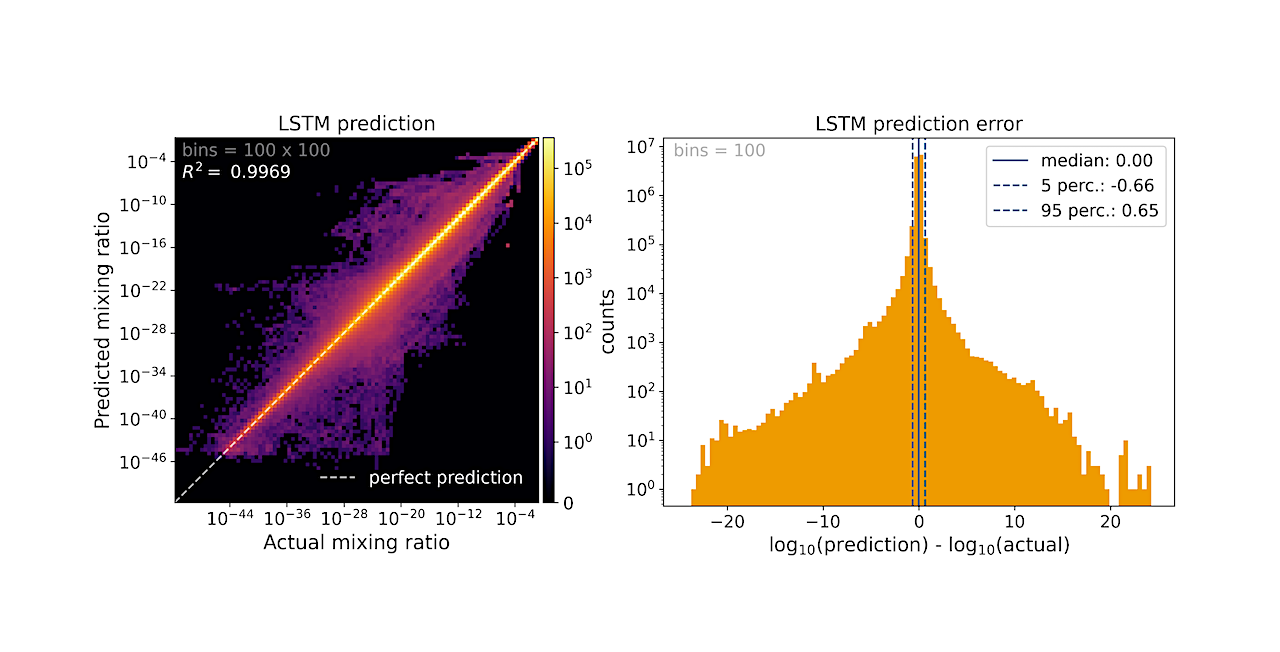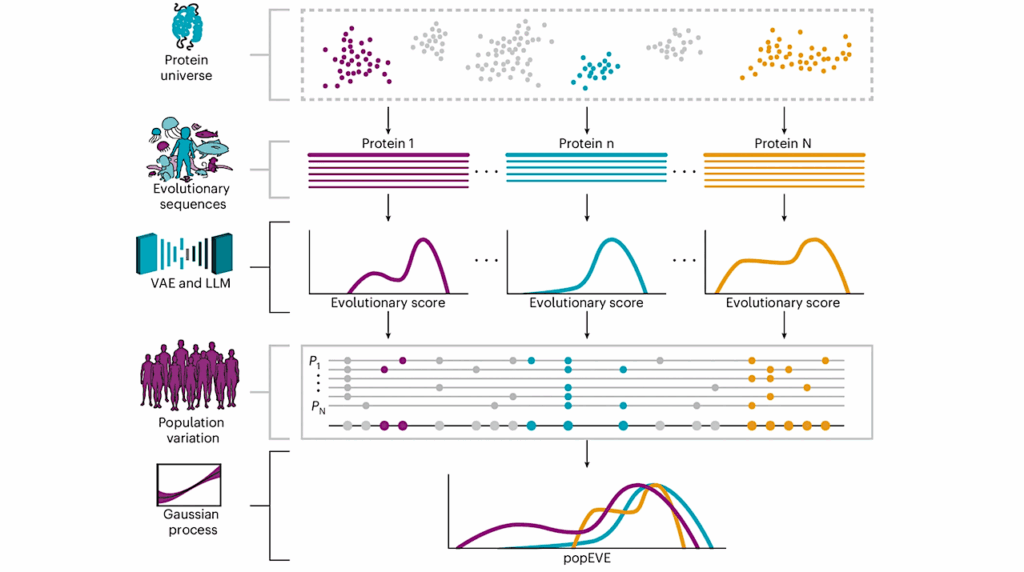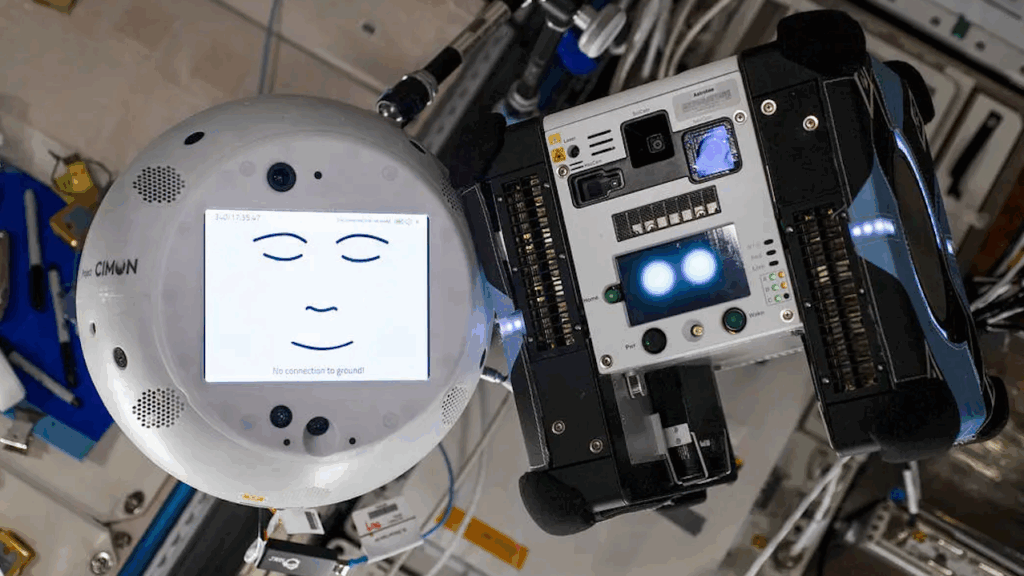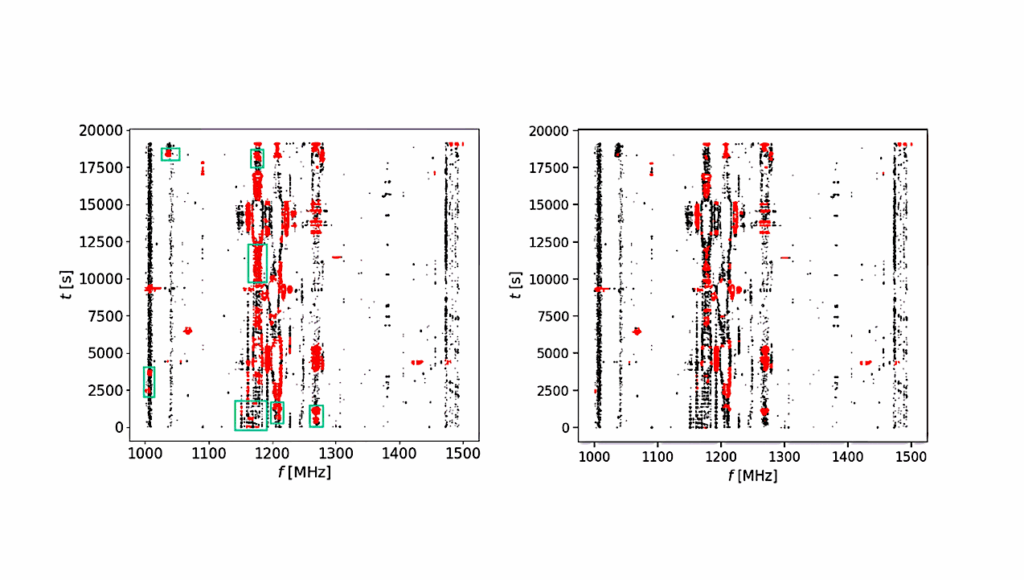Using A Neural Network Approach To Accelerate Disequilibrium Chemistry Calculations In Exoplanet Atmospheres

In this era of exoplanet characterisation with JWST, the need for a fast implementation of classical forward models to understand the chemical and physical processes in exoplanet atmospheres is more important than ever.
Notably, the time-dependent ordinary differential equations to be solved by chemical kinetics codes are very time-consuming to compute. In this study, we focus on the implementation of neural networks to replace mathematical frameworks in one-dimensional chemical kinetics codes. Using the gravity profile, temperature-pressure profiles, initial mixing ratios, and stellar flux of a sample of hot-Jupiters atmospheres as free parameters, the neural network is built to predict the mixing ratio outputs in steady state.
The architecture of the network is composed of individual autoencoders for each input variable to reduce the input dimensionality, which is then used as the input training data for an LSTM-like neural network. Results show that the autoencoders for the mixing ratios, stellar spectra, and pressure profiles are exceedingly successful in encoding and decoding the data.
Our results show that in 90% of the cases, the fully trained model is able to predict the evolved mixing ratios of the species in the hot-Jupiter atmosphere simulations. The fully trained model is ~1000 times faster than the simulations done with the forward, chemical kinetics model while making accurate predictions.
Julius L. A. M. Hendrix, Amy J. Louca, Yamila Miguel
Comments: 13 pages, 9 figures, accepted for publication at MNRAS
Subjects: Earth and Planetary Astrophysics (astro-ph.EP); Machine Learning (cs.LG)
Cite as: arXiv:2306.07074 [astro-ph.EP] (or arXiv:2306.07074v1 [astro-ph.EP] for this version)
Submission history
From: Amy Louca
[v1] Mon, 12 Jun 2023 12:39:21 UTC (15,525 KB)
https://arxiv.org/abs/2306.07074
Astrobiology








